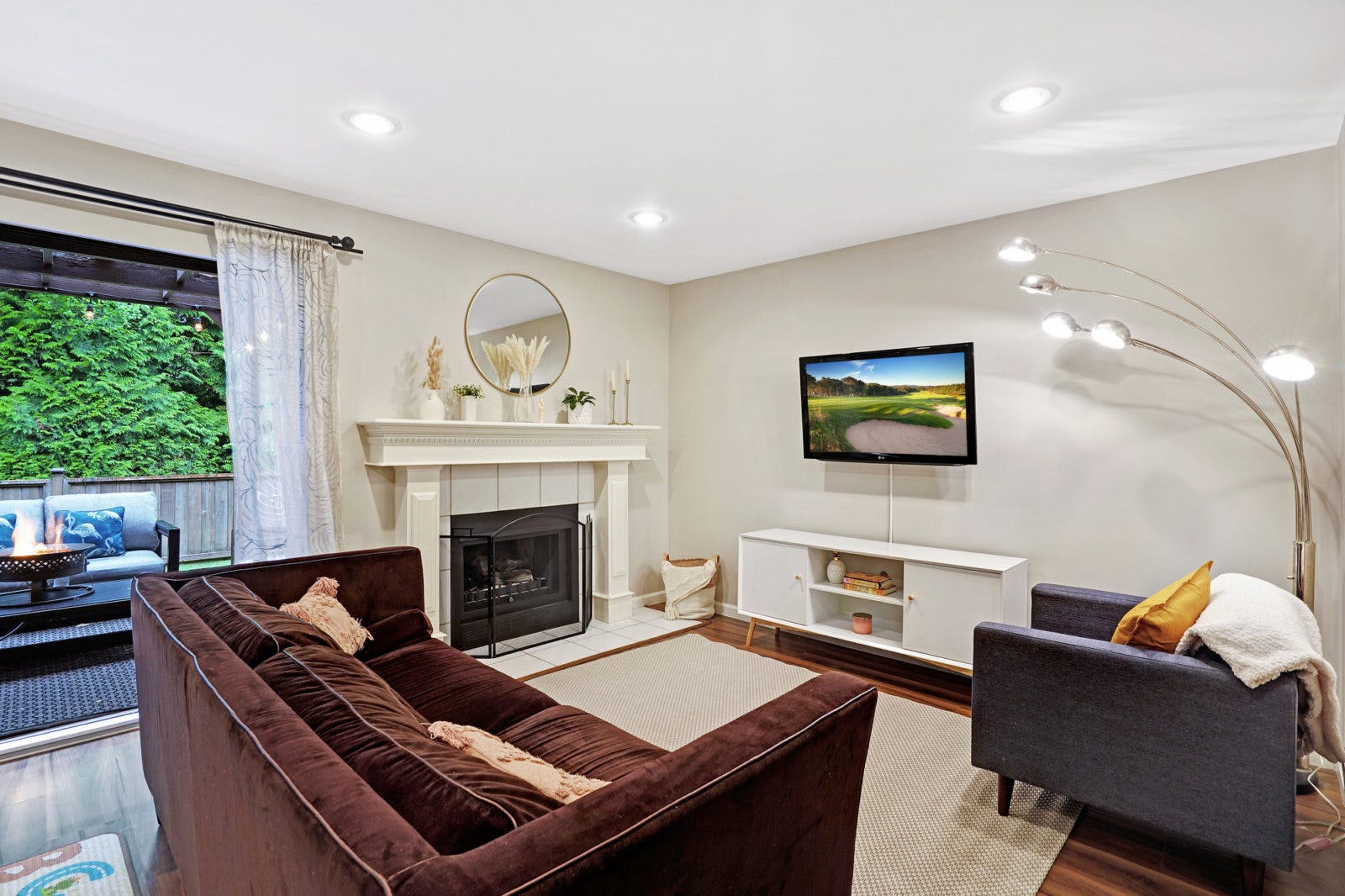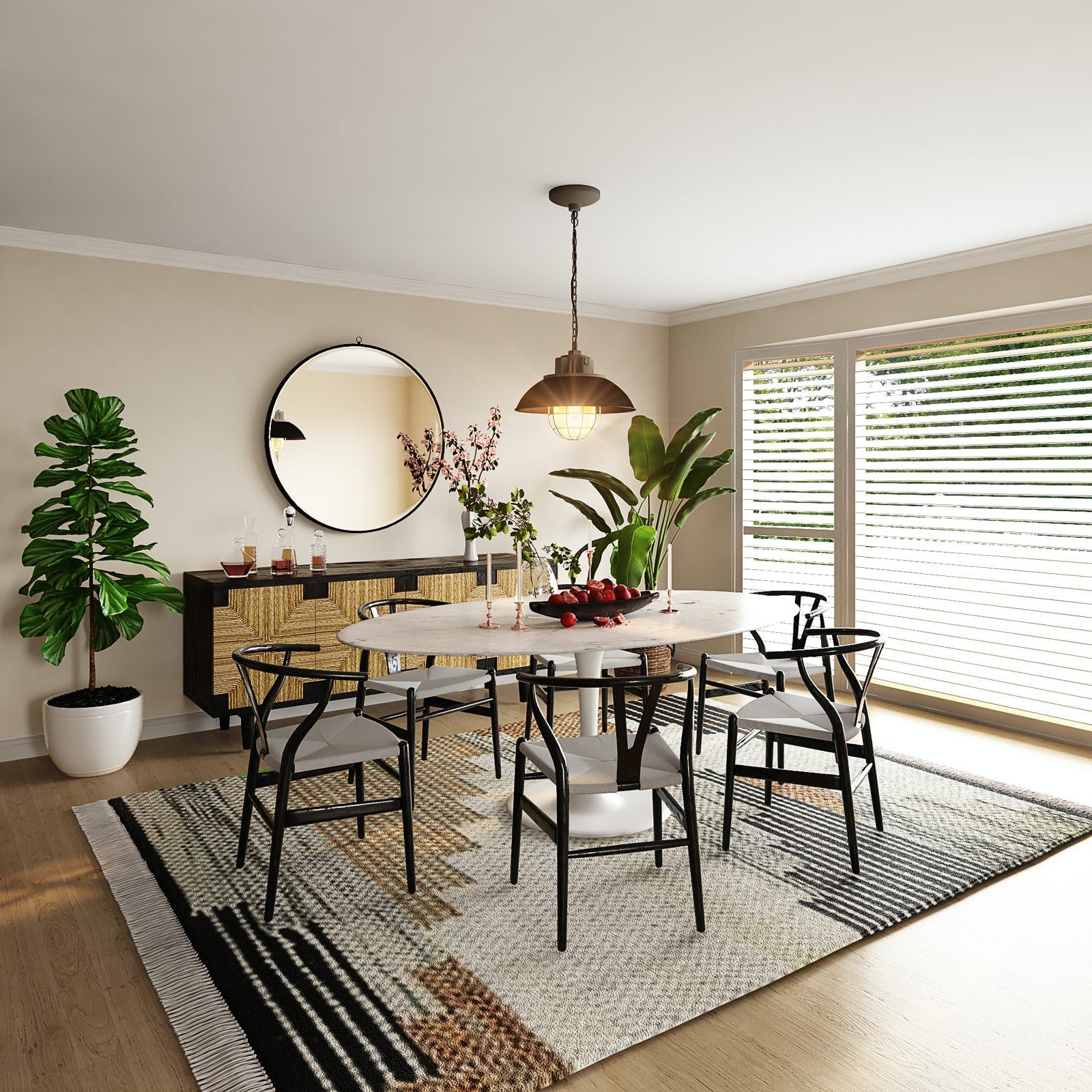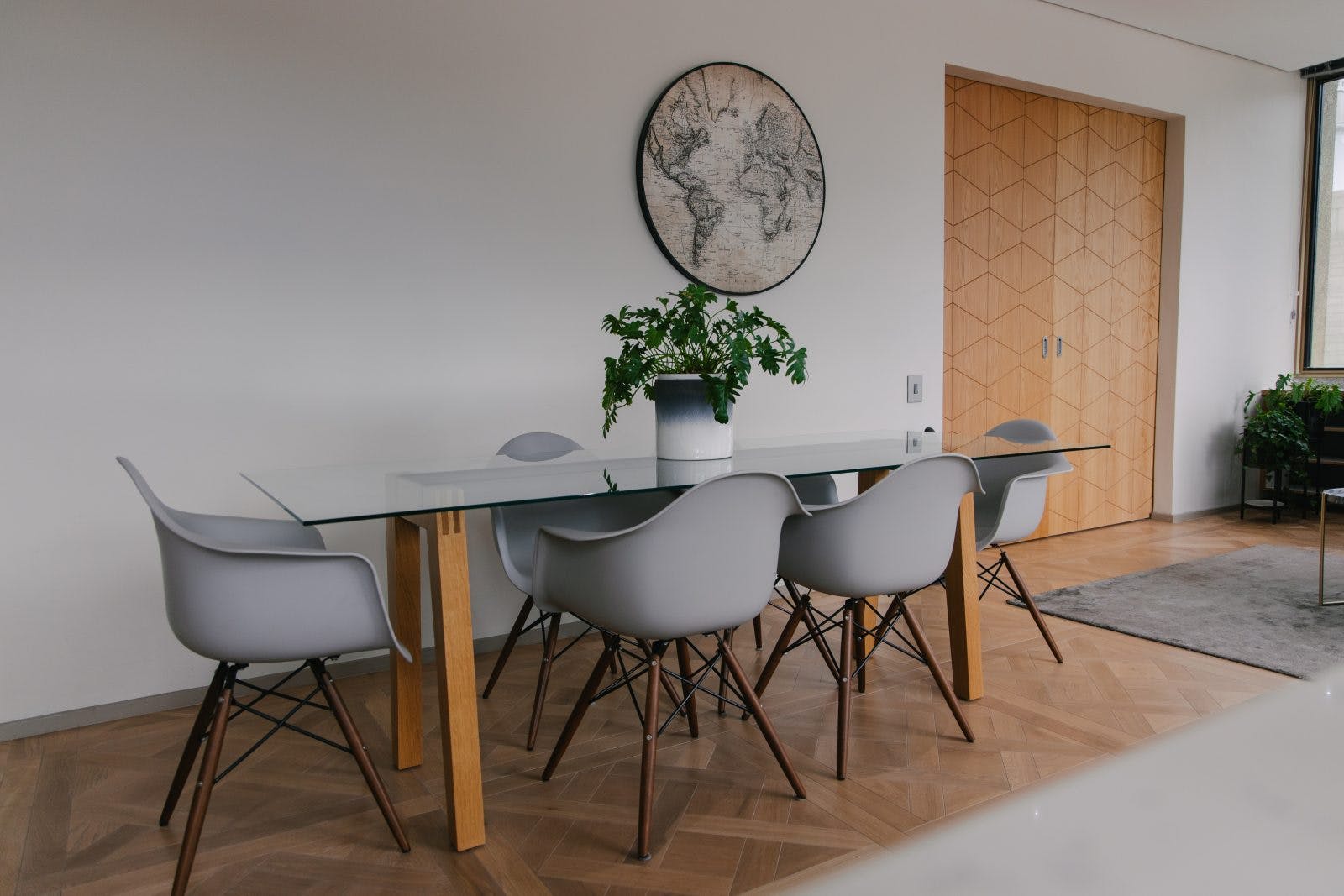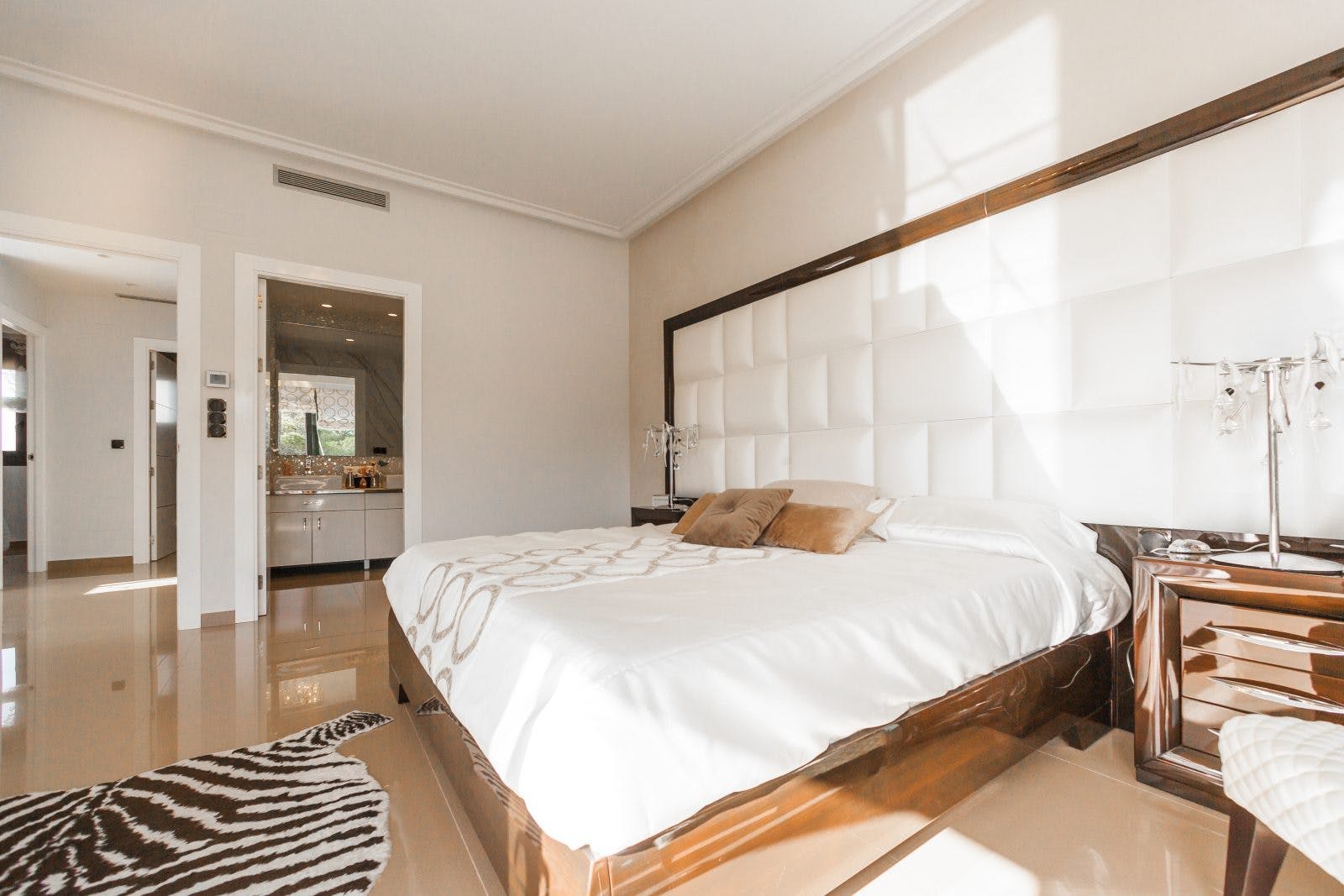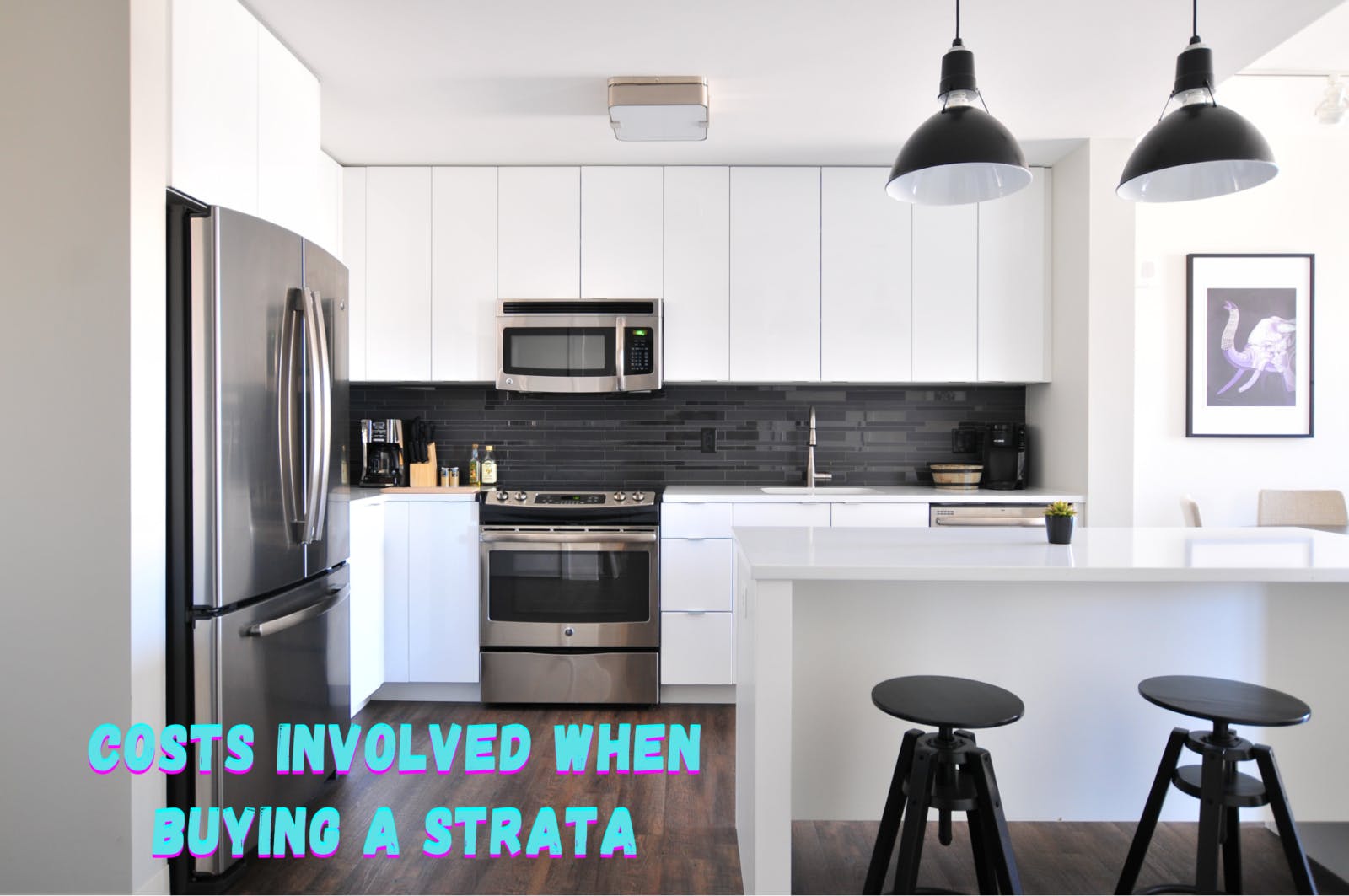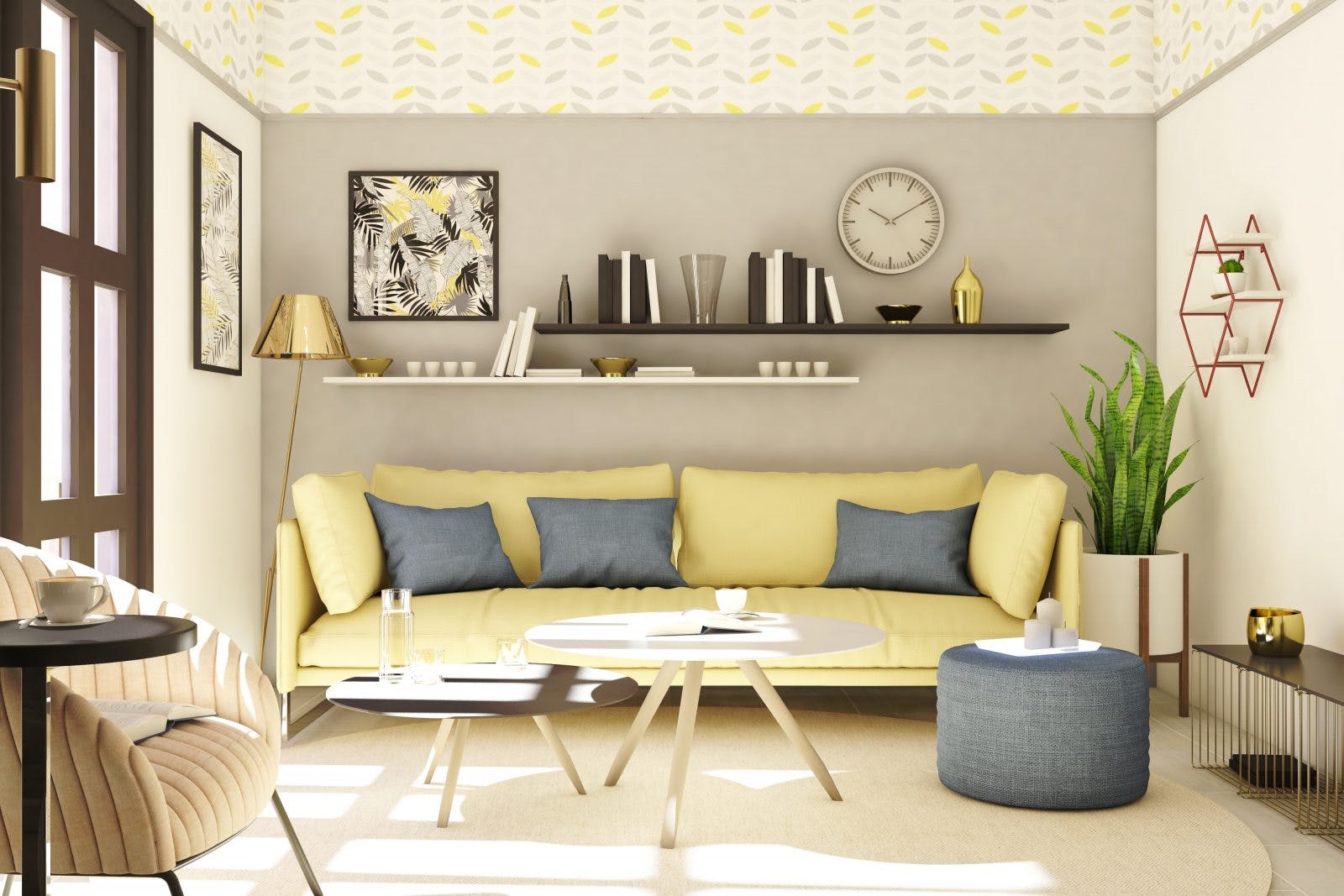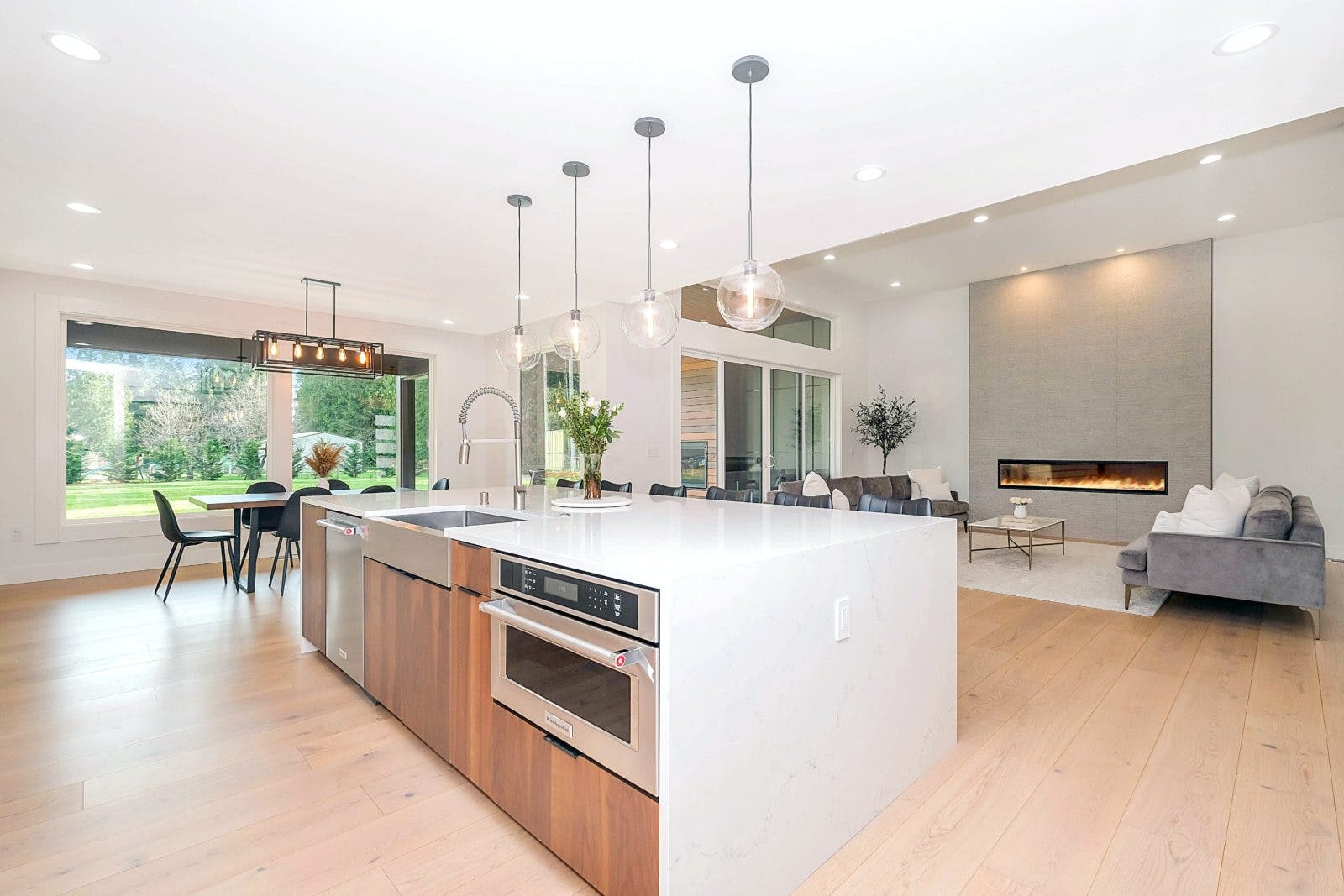Welcome to this charming 3 bedroom, 1 bathroom townhouse nestled in the desirable Eagleridge neighbourhood of Coquitlam. This delightful property offers a serene and private setting with its unique feature of backing onto a lush greenbelt. Immerse yourself in nature while enjoying the convenience of urban living. With its prime location, comfortable layout, and proximity to amenities, this townhouse is an ideal place to call home.
Upon entering, you will be greeted by a warm and inviting living space with abundant natural light. The open-concept living and dining areas, provide a spacious feel. The well-appointed kitchen features modern appliances and ample cabinetry. The main level also includes a cozy fireplace, perfect for chilly evenings.
The upper level houses three generously sized bedrooms, each offering peaceful views of the greenbelt. These rooms provide comfortable retreats for family members or can be converted into a home office, study, or hobby room to suit your needs. The shared bathroom is tastefully designed and conveniently located near the bedrooms.
Step out onto the private patio and discover the true beauty of this property. The townhouse’s unique advantage is its backing onto a greenbelt, allowing you to enjoy a sense of tranquility and privacy while being surrounded by nature. The patio is an ideal spot for outdoor entertaining, gardening, or simply unwinding after a long day.
Nestled in the Eagleridge neighbourhood of Coquitlam, this townhouse enjoys a fantastic location that combines the best of both worlds – a serene environment and easy access to urban amenities. The greenbelt provides direct access to hiking and biking trails, allowing you to explore the natural beauty of the area. The townhouse is also within close proximity to shopping centres, restaurants, schools, parks, and public transportation, ensuring convenience in everyday life.
Additional Features:
- Single-car carport and additional parking for second car
- In-suite laundry
- Brand New Furnace
- Well-maintained complex with a friendly community atmosphere
Don’t miss the opportunity to own this charming 3 bedroom townhouse backing onto a greenbelt in the sought-after Eagleridge neighbourhood. Enjoy the tranquility of nature while still being close to all the amenities Coquitlam has to offer. Contact us today to arrange a viewing and make this delightful townhouse your new home!
Listed for $729,000
Open House Saturday June 24/ Sunday June 25 from 2-4pm
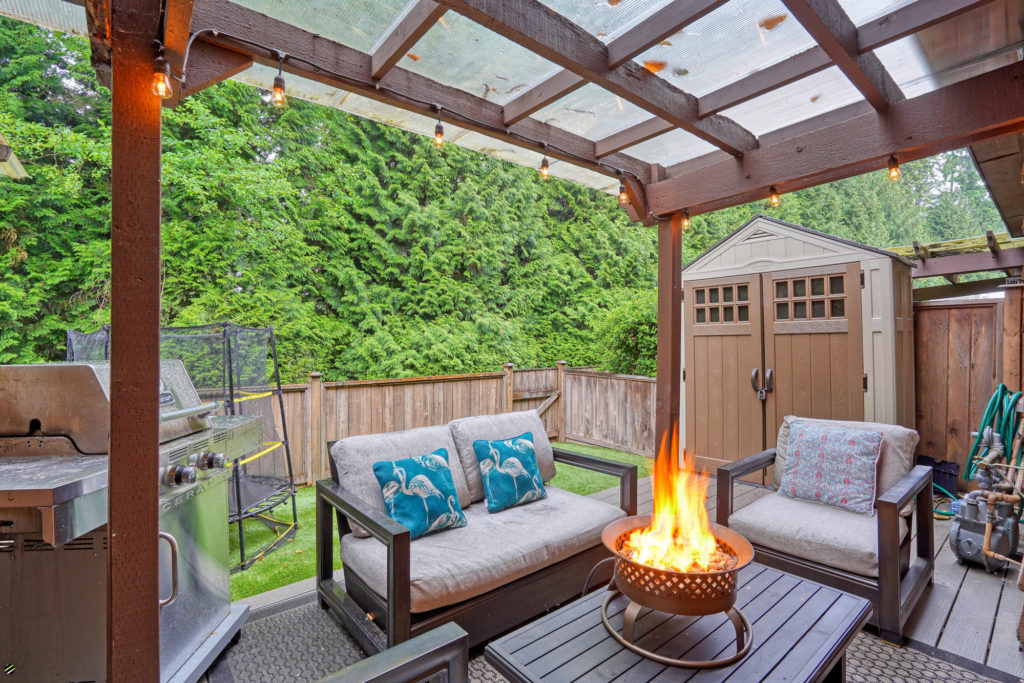
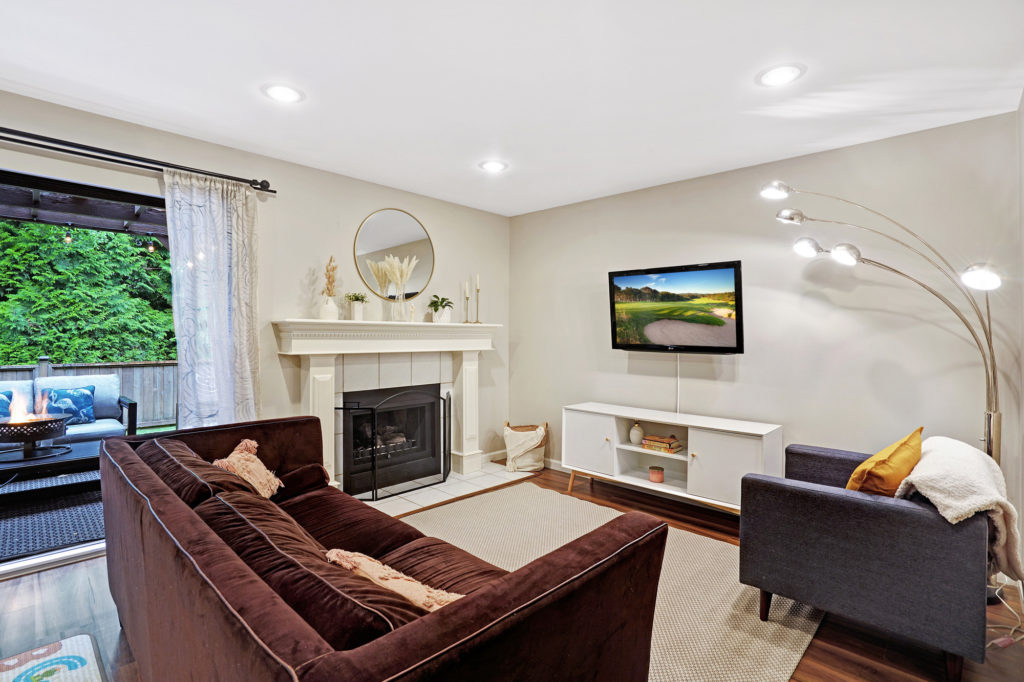
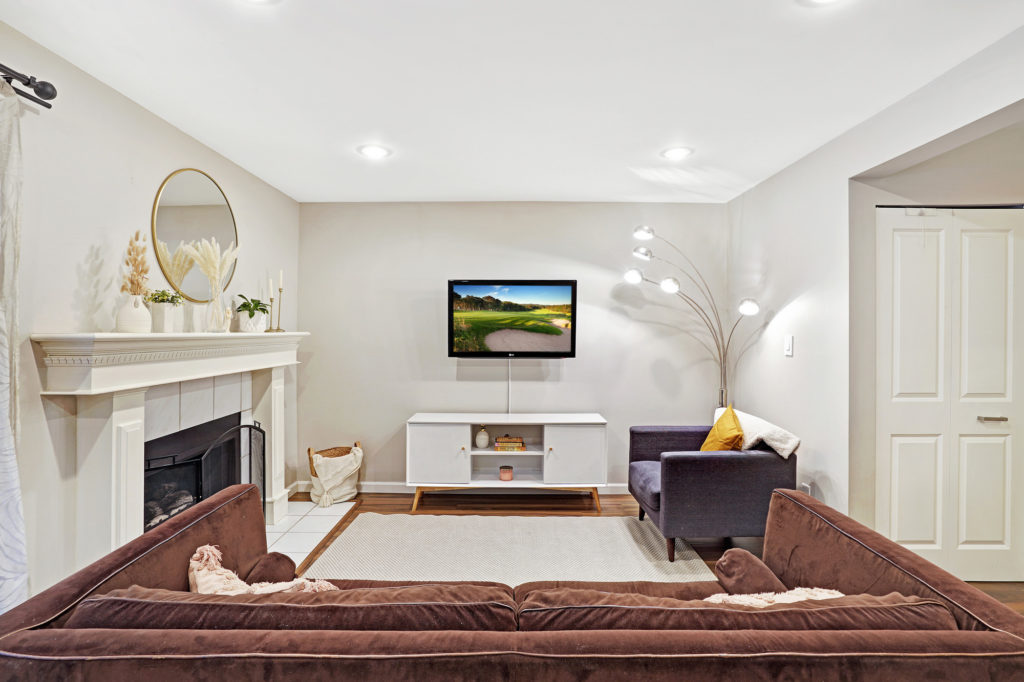
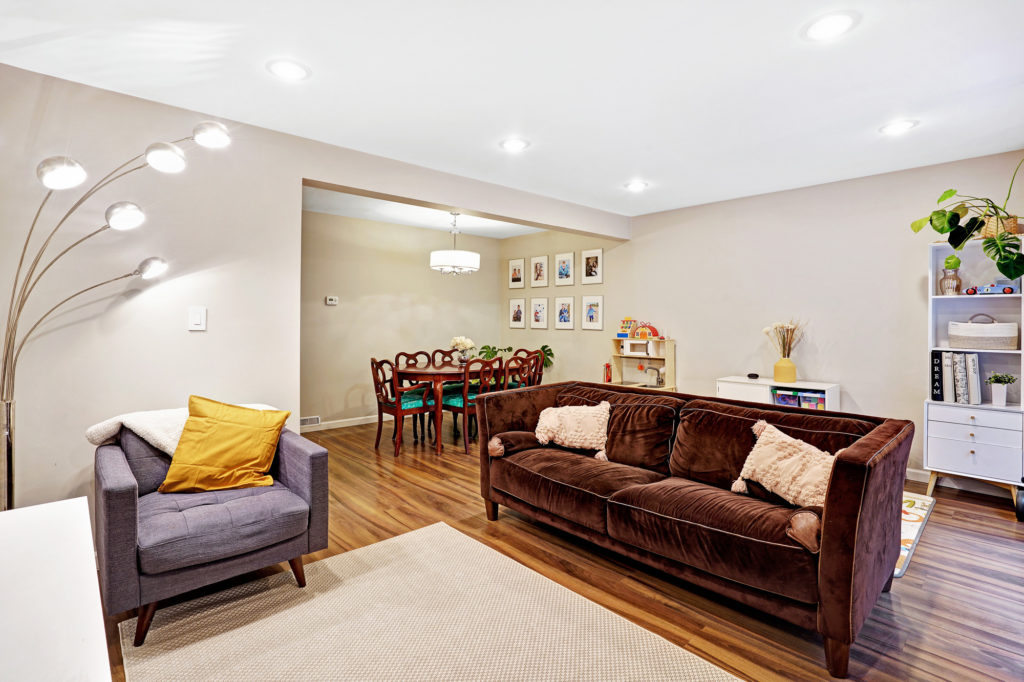

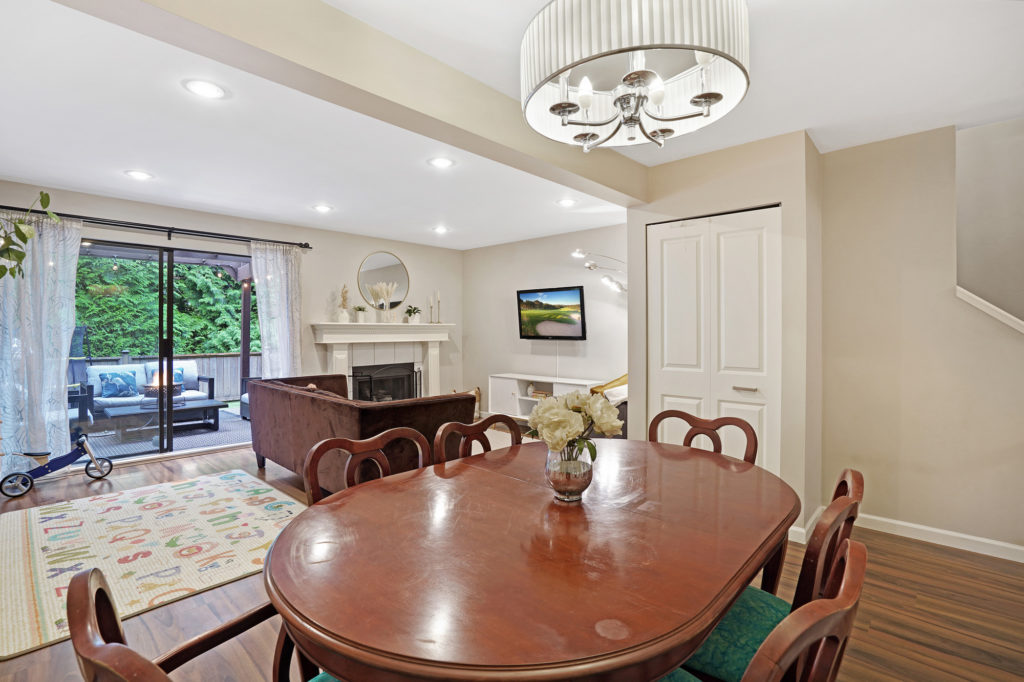
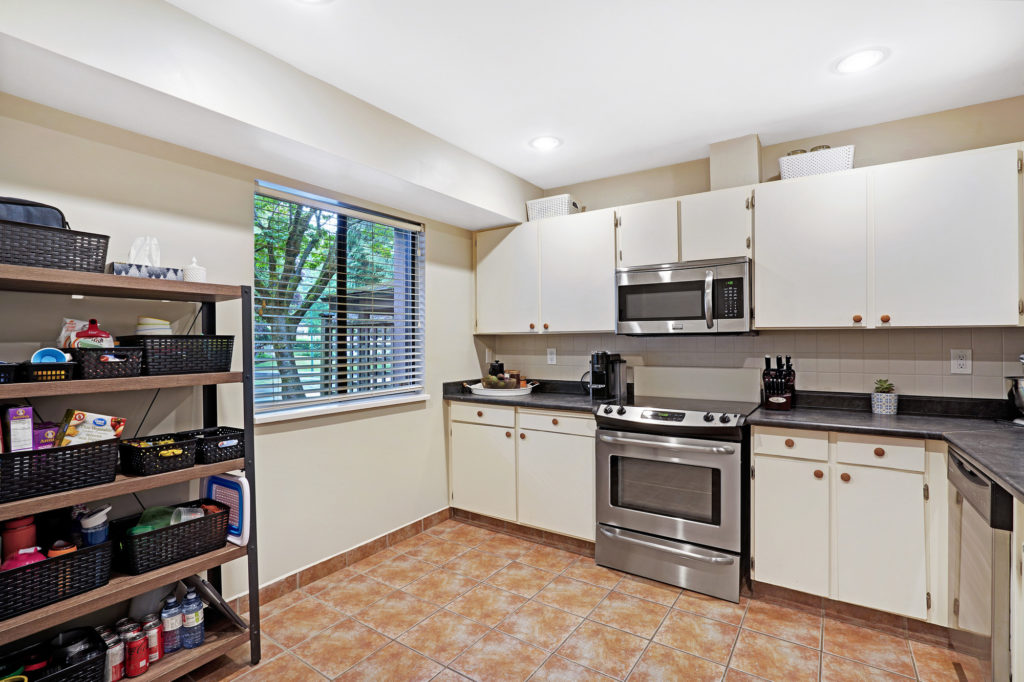
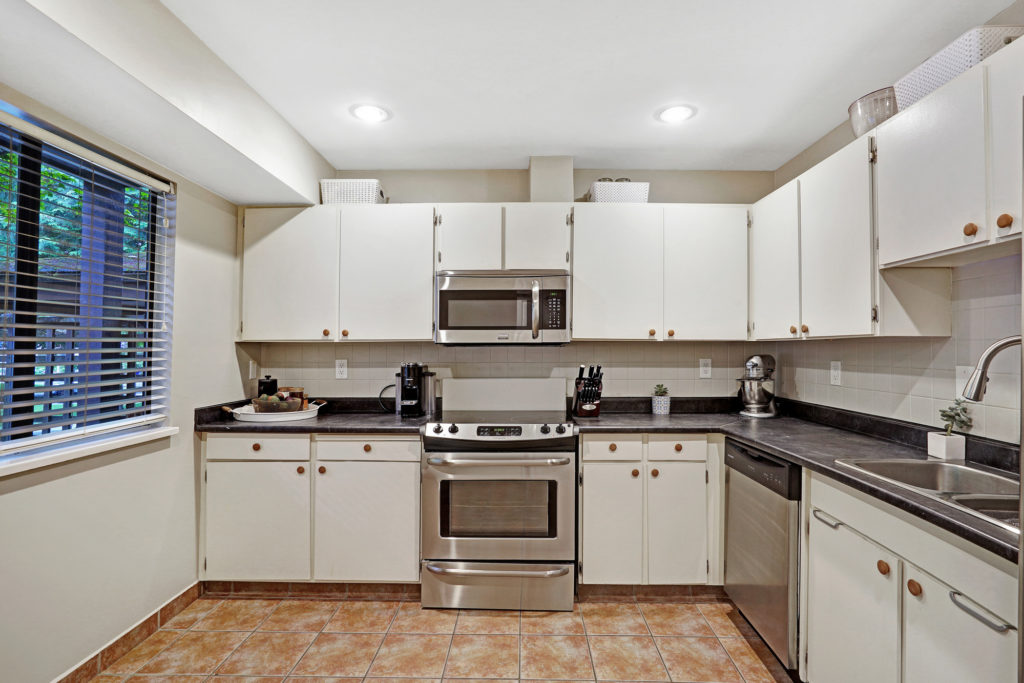
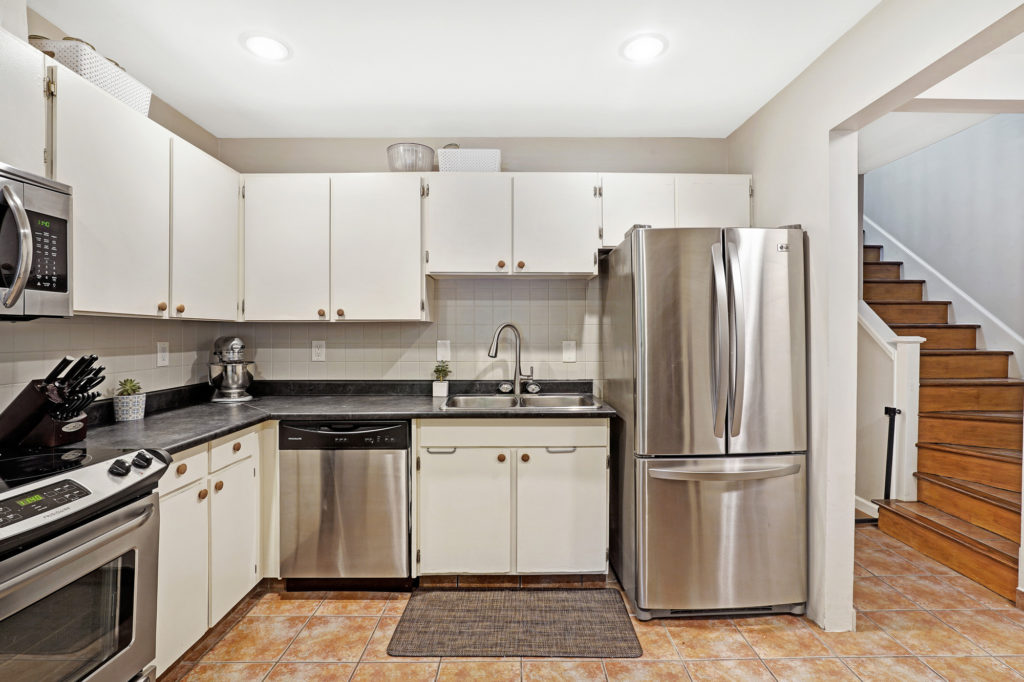
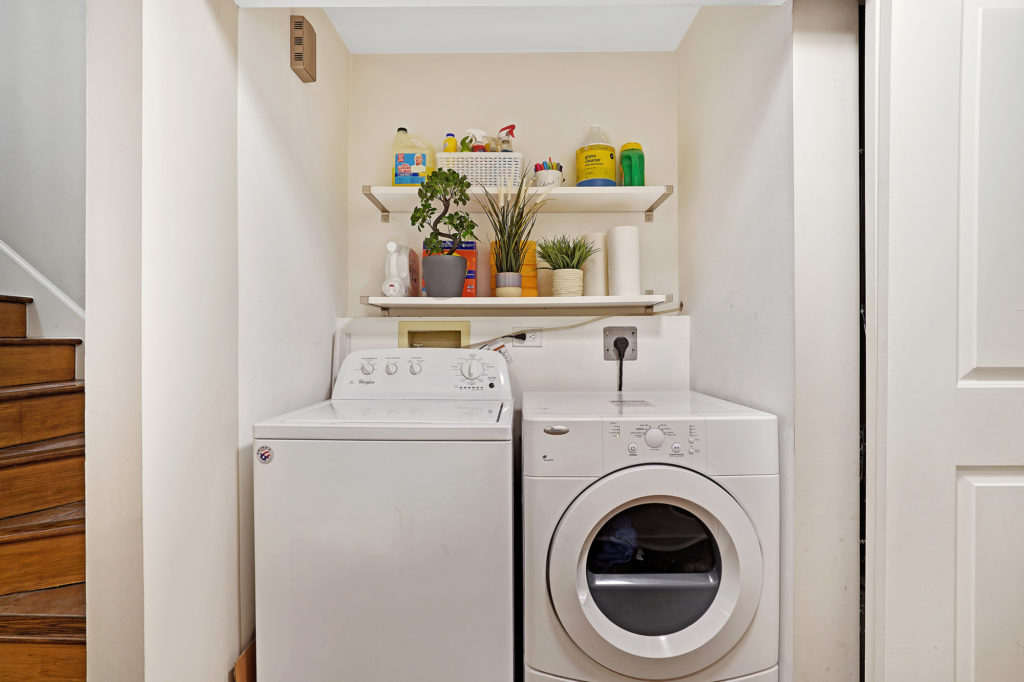

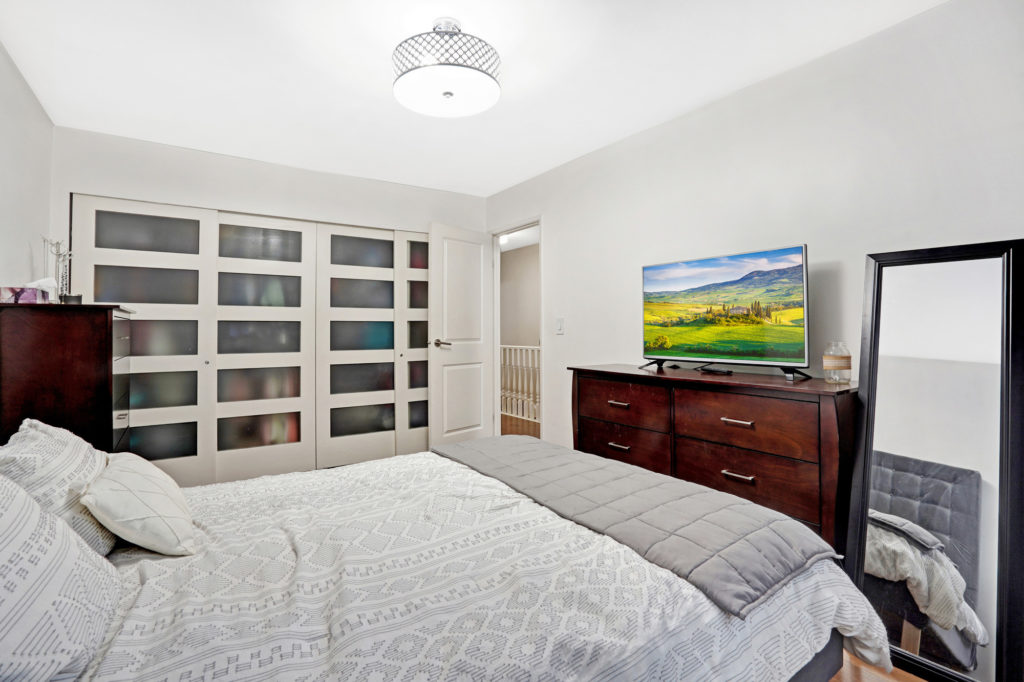
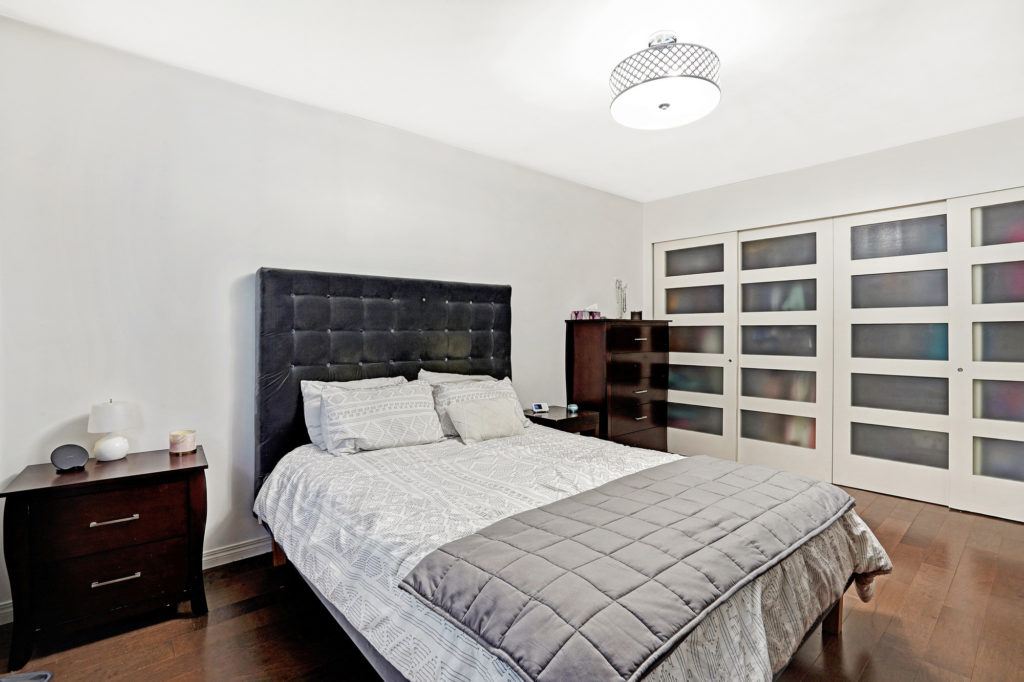
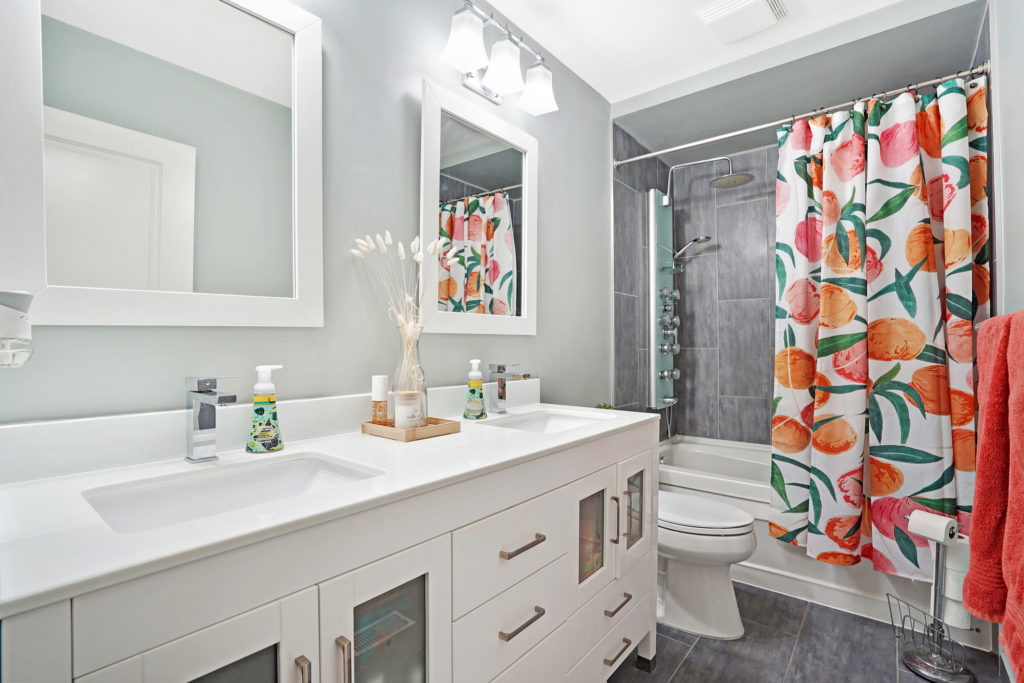
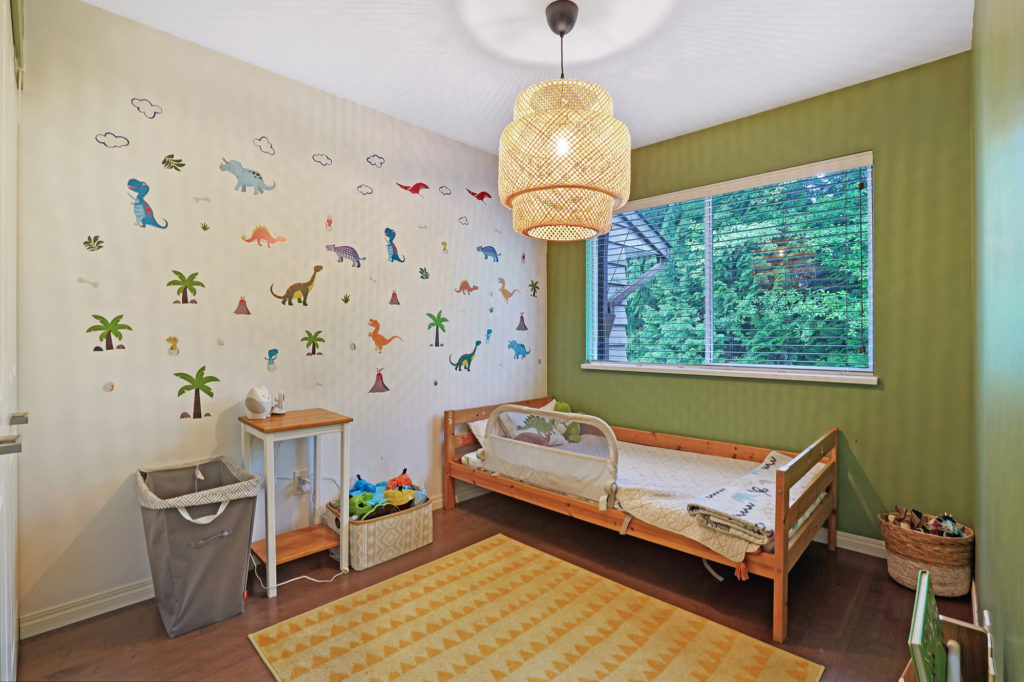
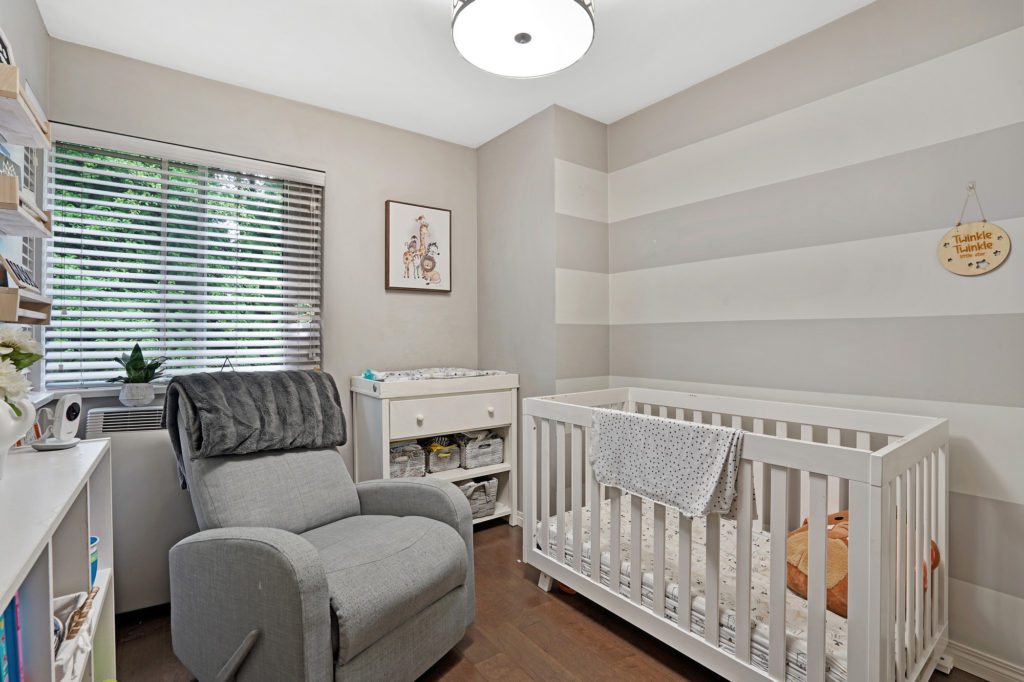

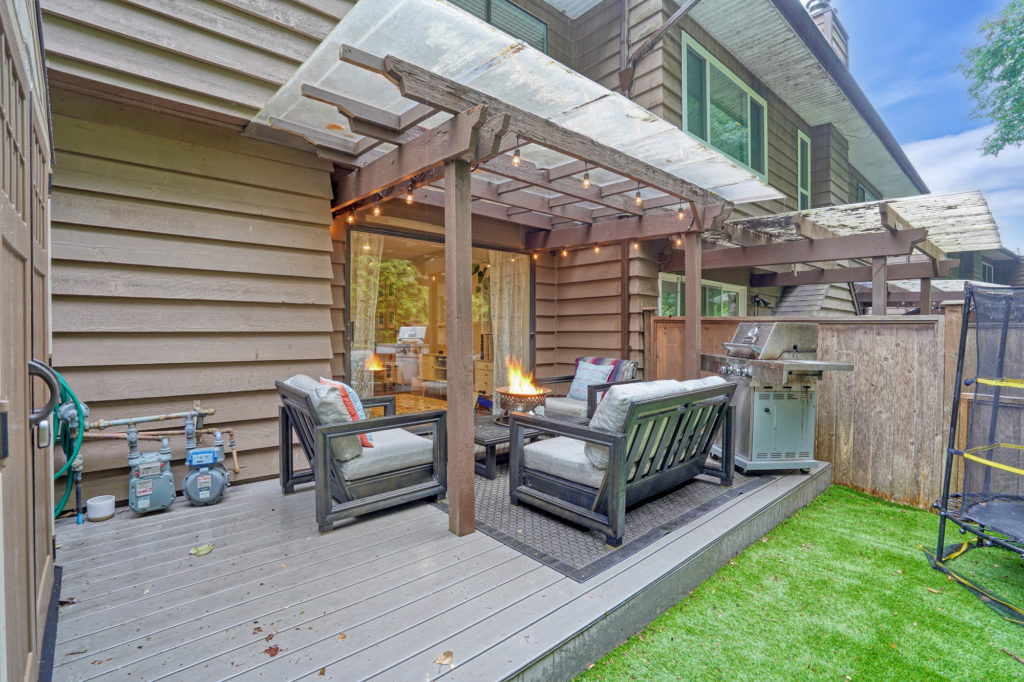
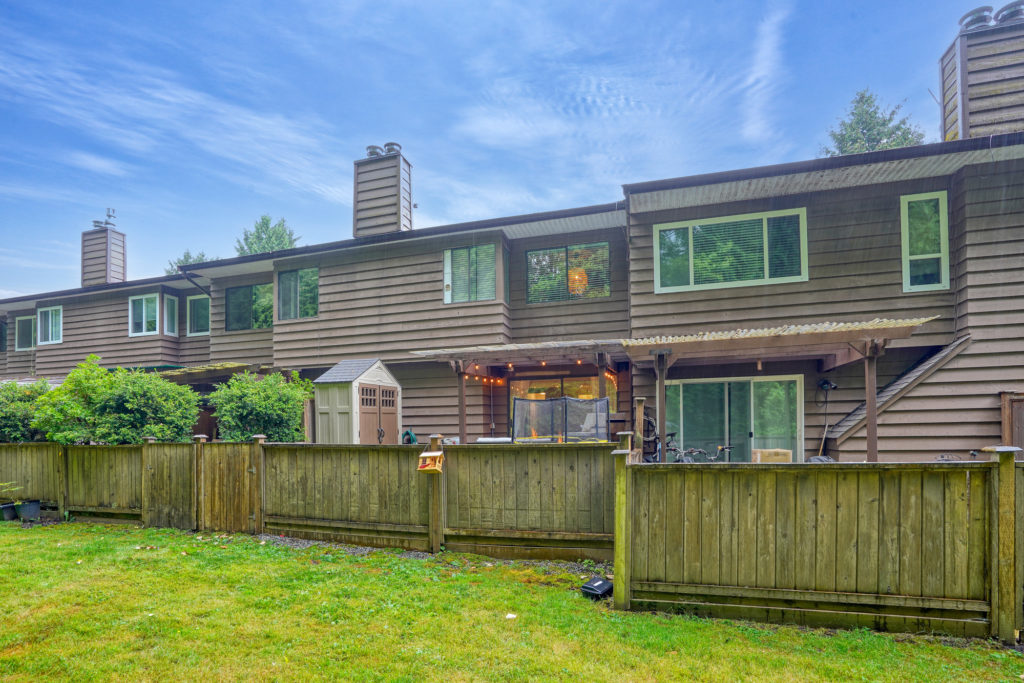
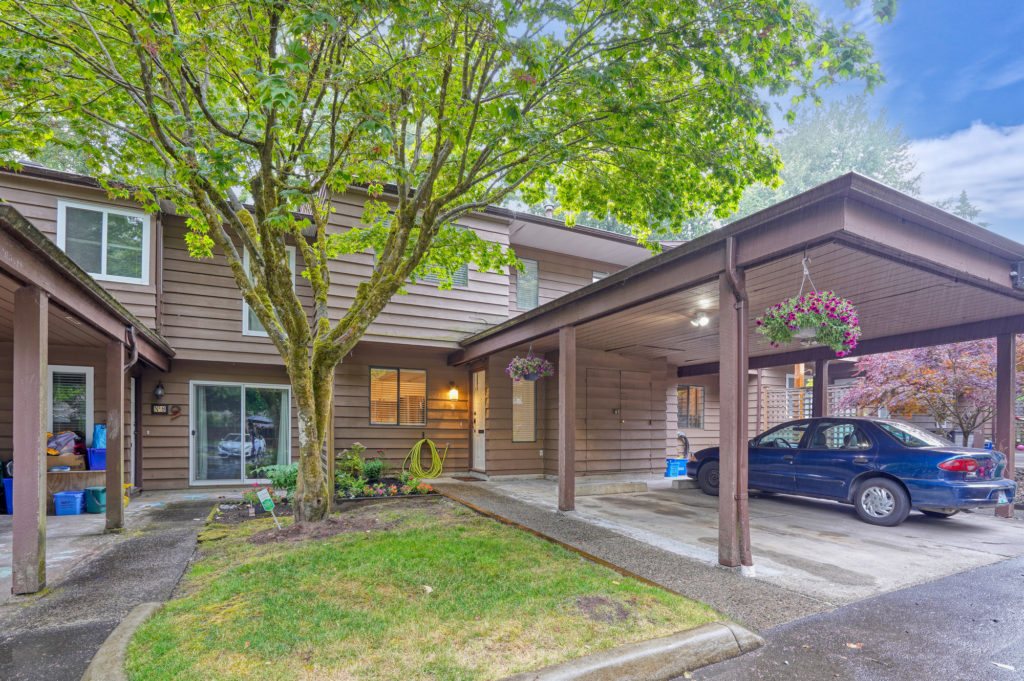
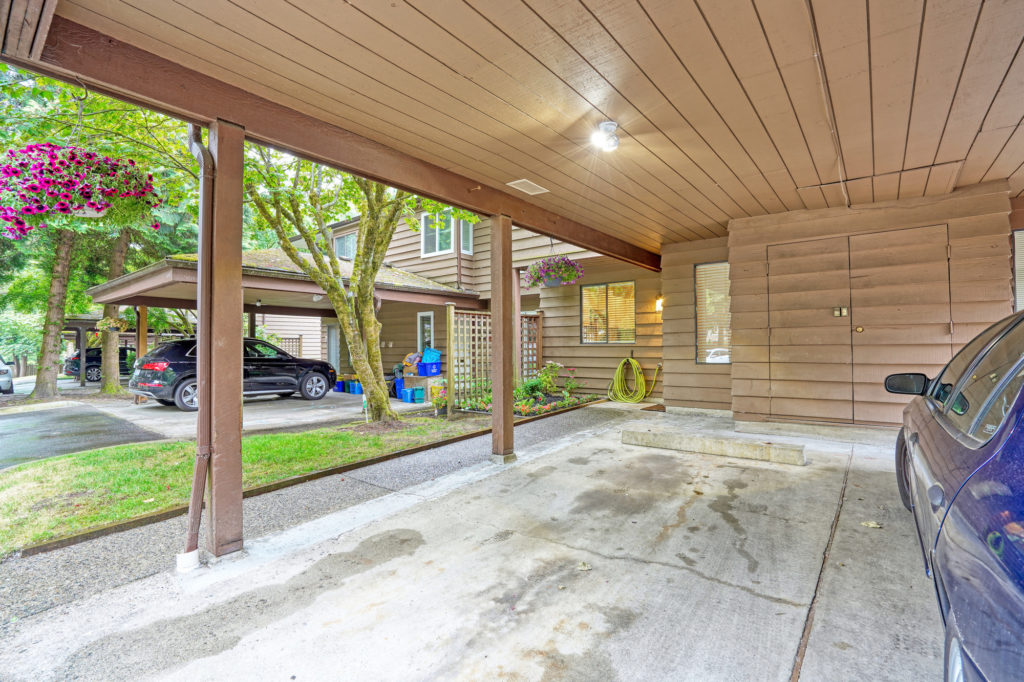
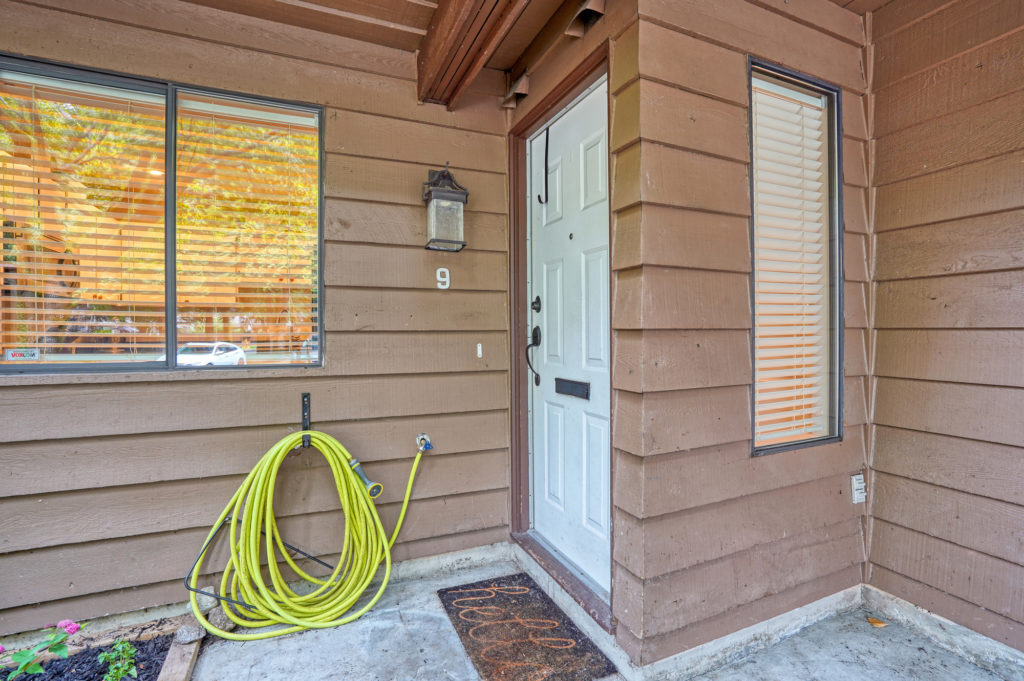
Listed and Marketed by Maureen Seguin Personal Real Estate Corporation | Oakwyn Realty Ltd.


